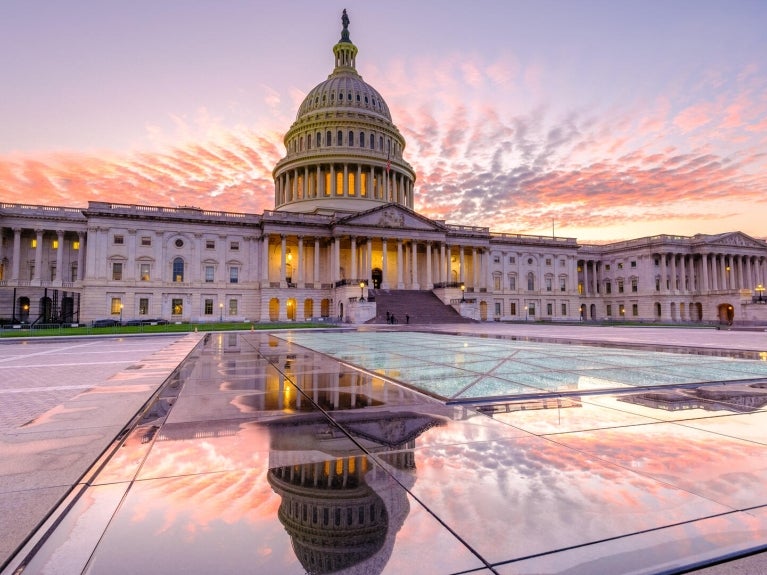Supreme Court Restricts Pretrial Freezing of Untainted Assets

On Wednesday, March 30, 2016, the U.S. Supreme Court ruled in Luis v. United States, No. 14-419, slip op., that the pretrial restraint of legitimate, untainted assets needed to retain counsel of choice violates the Sixth Amendment.
Accordingly, the Court overturned an Eleventh Circuit ruling permitting the government to prevent a criminal defendant from using funds earned outside the scope of alleged crimes to hire private defense counsel. The case involved a federal grand jury indictment against Sila Luis on charges of conspiring to commit health care fraud against the United States. Luis allegedly used her at-home health companies to defraud Medicare by billing the government for unnecessary services or services not actually provided. The criminal case was put on hold while the parties wrestled over whether the government could freeze up to $45 million of Luis' assets — the amount the government claims her companies earned in the scheme. Luis' attorneys stated that, to get to that amount of money, the government was reaching into millions of dollars Luis had earned from legitimate sources. A federal statute, however, provides that a court may freeze, before trial, certain assets belonging to a defendant accused of violations of federal health care or banking laws. Those assets include property "obtained as a result of" or "traceable" to the crime, as well as other "property of equivalent value." 18 U.S.C. § 1345(a)(2). Pursuant to this statute, the government obtained a pretrial order prohibiting Luis from dissipating her assets, including assets unrelated to the alleged crimes. Though the District Court acknowledged that the order might prevent Luis from obtaining counsel of her choice, it concluded that the Sixth Amendment did not give her the right to use the untainted funds to retain counsel, and the Eleventh Circuit affirmed. In a 5-3 vote, with a plurality opinion by Justice Breyer joined by Chief Justice John Roberts and Justices Ruth Bader Ginsburg and Sonia Sotomayor, the Court explained that the government cannot freeze those assets not directly traceable to wrongdoing. Justice Clarence Thomas concurred in a separate opinion. The plurality opinion found significant the fact that the property at issue is untainted, and concluded that, in so far as such funds are needed to obtain counsel of choice, the Sixth Amendment prohibits the court order sought by the government. The Court's conclusion rested on three basic considerations. First, a balancing of the interests argues against such a court order. The Court weighed the defendant's fundamental Sixth Amendment right to counsel against the government's interest in securing its punishment of choice as well as the victim's interest in restitution. While the latter interests are important, the Court concluded that they are "further from the heart of a fair, effective criminal justice system." Luis, slip op. at 12. Second, the Court noted that common-law legal tradition offers no significant support for the government's position and no prior decision of the Court authorizes "unfettered, pretrial forfeiture of the defendant's own 'innocent' property." Id. at 13. Finally, the Court stated that accepting the government's position would significantly erode the Sixth Amendment's right to counsel as Congress could pass more laws authorizing restraints in other types of cases. Under such circumstances, defendants would be rendered indigent and unable to retain counsel of their choice. Id. at 15. The Court's decision is of significant importance to criminal defendants and criminal defense practitioners. After Luis, the government will face great difficulty in any efforts to seize or freeze untainted assets pretrial where those assets are needed to retain counsel of a defendant's choosing.
Print and share
Authors
Explore more in
White Collar Briefly
Drawing from breaking news, ever changing government priorities, and significant judicial decisions, this blog from Perkins Coie’s White Collar and Investigations group highlights key considerations and offers practical insights aimed to guide corporate stakeholders and counselors through an evolving regulatory environment.
